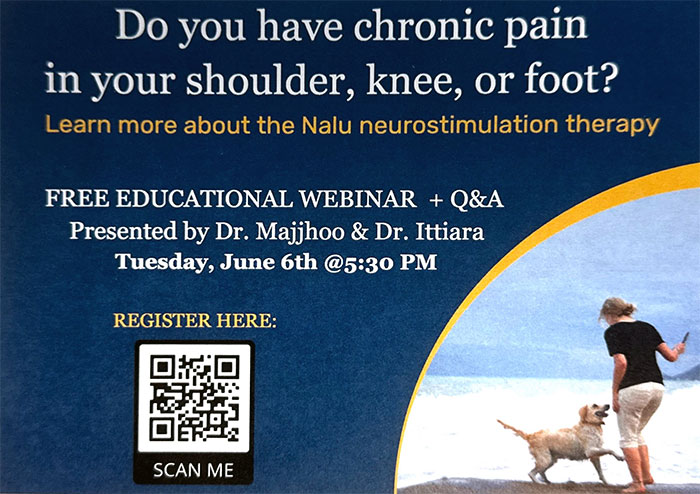FAQs on Complex Regional Pain Syndrome (CRPS)
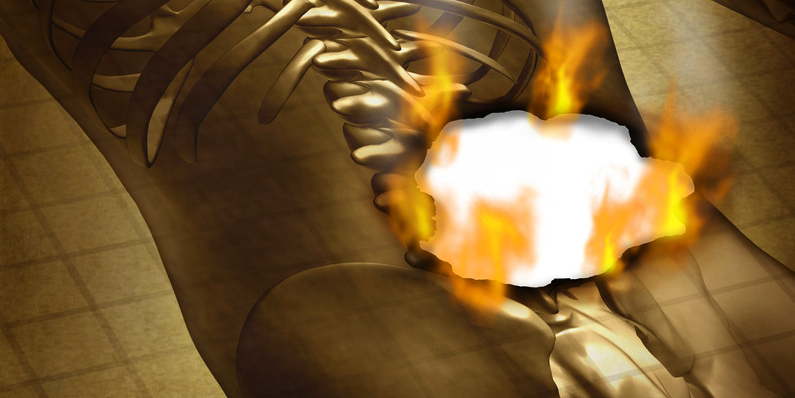
What is CRPS?
CRPS is a severe pain problem that occurs when significant levels of nerve stimulation target a particular area of the body. It may be in either an arm or a leg. The nerves being stimulated are part of the 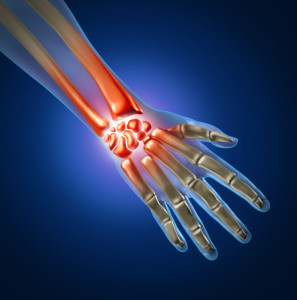 sympathetic nervous system.
sympathetic nervous system.
CRPS stands for complex regional pain syndrome. While the condition is not thoroughly understood, research is ongoing into the cause, prevention and treatment of this complicated and painful problem.
How many people suffer from CRPS?
This complex pain condition can affect anyone at any age. While there are particular risk factors that contribute to the development of CRPS, anyone can develop the condition. The condition is sometimes referred medically as reflex sympathetic dystrophy syndrome, or RSD, and is chronic and neurological in nature.
According to statistical data, there are between 200,000 and over one million people in the United States alone suffering from CRPS. The condition affects people between the age of three and over 100 years of age.
The development of this chronic pain condition generally occurs after a traumatic injury, but has also been seen to occur in patients who have recently undergone surgery or had a 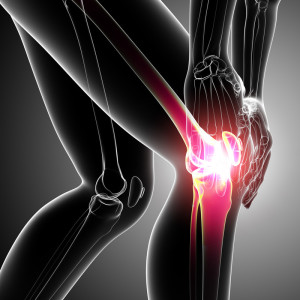 heart attack or stroke. The pain is severe in nature and often out of proportion to the level of pain caused by the initial problem.
heart attack or stroke. The pain is severe in nature and often out of proportion to the level of pain caused by the initial problem.
For example, the pain caused by a broken arm or leg is minimal compared to the chronic pain that develops as a result of CRPS. Findings reveal that women over the age of 50 who have had fractures are more likely to develop CRPS than the same grouping of men or those who have not experienced fractures (Harden et al., Progress in Pain Research and Management, 2005).
What are the most common causes of CRPS?
There are two types of CRPS, both similar in symptom development but are caused by different things. While it is not completely understood why particular injuries trigger the condition that causes chronic pain, ongoing research continues to find the why’s and how’s of this unique problem.
Type I: Type 1 CRPS has been referred to as RSD and often presents itself following an illness or injury that affects, but did not completely destroy a limb’s nerves. Most patients diagnosed with CRPS have this type; in fact, only 10% of the cases of CRPS do not have type 1 (Puchalski, et al., J Hand Surg, 2005).
Type II: Type 2 CRPS is an extremely rare condition that occurs in only 10 percent of those affected by the chronic pain condition. This type of CRPS follows a nerve injury that is distinct in nature and has been referred to as causalgia. This type of condition has a well-defined cause that directly affects a specific nerve or group of nerves in a particular area of the body.
What are the symptoms of CRPS?
As described above, the symptoms of CRPS involve chronic pain and the overall condition can be challenging to treat because other symptoms associated with the problem can readily change. Most commonly the following symptoms are reported:
- Burning and throbbing sensation that generally occurs in the extremities (also in the

CRPS may lead to depression.
hand or foot)
- Increased sensitivity to cold
- Swelling occurring in the affected site
- Stiffness and swelling in the affected joint
- Muscle spasms and weakness or loss of use due to atrophy
- Decreased mobility and an inability to move certain, afflicted parts of the body
- Changes in skin temperature, skin texture, skin color and skin integrity
These symptoms may vary from case to case depending on the type of CRPS a patient has. In some cases, the symptoms associated with the condition may go away and reappear from time to time; and for others the symptoms may present themselves and stay present for months or years at a time.
What can be done for CRPS? Is there an effective treatment?
The treatment for CRPS is most effective if it occurs within the first few months of development. This is why it is important for a person experiencing symptoms associated with CRPS to immediately seek treatment with a NIPM pain management clinic. Improvement, and often remission, is possible if the condition is treated early.
A lot of times it is multi-modal treatment that works, combining medications with injections plus PT for instance.
Treatment options include medications and therapies to reduce pain and i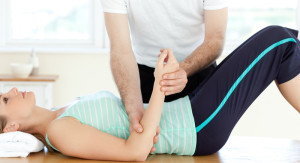 mprove the problems caused by CRPS:
mprove the problems caused by CRPS:
Medication – pain relievers, bone loss meds, antidepressants to treat pain caused from a damaged nerve, and corticosteroids.
Nerve-blocking medication injections – may be administered to provide pain relief in specific areas of the body. This includes lumbar sympathetic blocks and stellate ganglion injections.
Therapies to tame the symptoms associated with CRPS may include anything from the simple application of cold and hot packs to affected areas to the use of biofeedback. Chiropractic and physical therapy may provide “desensitization” to reduce pain significantly.
Spinal Cord Stimulation – The insertion of tiny electrodes into the spine to delivery an electrical current can provide pain relief for this condition by changing the way the brain perceives pain signals.
While recurrences can arise, your NIPM pain management provider can work with you to develop the most effective treatment plan and identify the triggers associated with CRPS.


